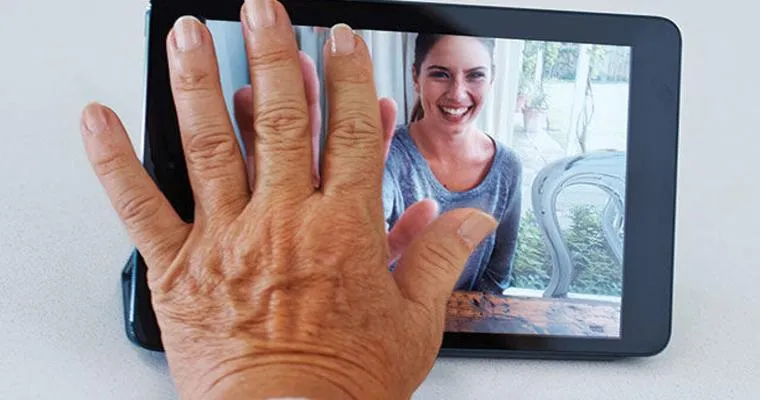In today’s fast-paced world, "long-distance caregiving" has become a common reality for many families. As loved ones age or face health challenges, it can be difficult for caregivers to provide the necessary support from afar. Whether you are caring for a parent, grandparent, or friend, knowing where to start is essential. In this article, we will explore the key aspects of long-distance caregiving and provide valuable tips to help you navigate this complex journey.
Understanding Long-Distance Caregiving
"Long-distance caregiving" involves providing care and support to someone who lives far away. This can include managing healthcare appointments, coordinating with medical professionals, and ensuring your loved one’s daily needs are met. The emotional toll of being a long-distance caregiver can be significant, as you may struggle with feelings of guilt, helplessness, or anxiety about your loved one's well-being. Understanding these challenges is the first step in effectively managing your caregiving responsibilities.
Assessing Your Loved One's Needs
Before you begin your caregiving journey, it is crucial to assess your loved one's needs. Schedule a phone call or video chat to discuss their health and daily routines. Ask questions about their living situation, medical conditions, and any assistance they may require. This initial assessment will help you identify the areas where you can provide support and determine if additional resources are needed.
Establishing a Care Plan
Once you have a clear understanding of your loved one's needs, the next step is to create a "care plan". This plan should outline the specific tasks you will handle, such as managing medications, coordinating doctor visits, or arranging for in-home care services. Involve your loved one in this process to ensure their preferences and needs are taken into account. Documenting the care plan will help you stay organized and focused on your caregiving responsibilities.
Leveraging Technology
In the age of technology, staying connected with your loved one has never been easier. Utilize various tools and apps designed for caregivers. Video calls, messaging apps, and online calendars can help you stay in touch and monitor their well-being. Consider using health management apps that allow your loved one to track medications and appointments, ensuring they stay on top of their health.
Building a Support Network
As a long-distance caregiver, you don’t have to face challenges alone. Building a "support network" can provide you with invaluable resources and emotional support. Reach out to family members, friends, or community organizations that can assist you in caring for your loved one. Local support groups can also offer guidance and share experiences from others in similar situations.
Preparing for Emergencies
Emergencies can arise at any time, and it is essential to have a plan in place. Discuss emergency protocols with your loved one and ensure they have access to important contacts, including neighbors, friends, or local services. Consider setting up a system for regular check-ins, so you can quickly respond if something goes wrong.
Staying Informed
Understanding the resources available in your loved one's area is crucial for effective "long-distance caregiving". Research local healthcare providers, support services, and community resources that can assist you in your caregiving efforts. This knowledge will empower you to make informed decisions and provide better support for your loved one.
Conclusion
Long-distance caregiving can be challenging, but with the right tools and strategies, you can provide the support your loved one needs. Start by assessing their needs and creating a care plan, leveraging technology to stay connected, and building a support network. Remember, you are not alone in this journey, and taking proactive steps can make a significant difference in your loved one's quality of life. Embrace the opportunity to make a positive impact and be there for your loved ones, no matter the distance.





